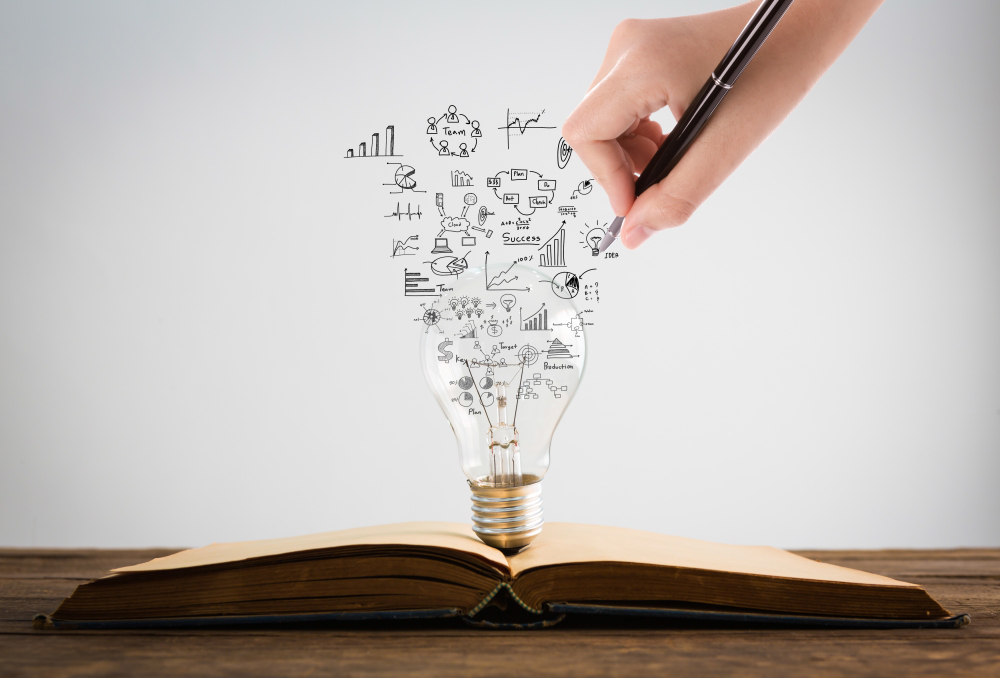Introduction:
Creative writing is an art form that goes beyond mere storytelling. It allows us to immerse ourselves in the symphony of language, embracing its rhythms, tones, and nuances. Just like music, writing possesses its own melody, creating a captivating experience for readers. In this article, we will delve into the intricate world of the music of language, exploring how the use of rhythm and tone can elevate your creative writing to new heights.
The Role of Rhythm in Writing
Rhythm forms the backbone of any well-crafted piece of writing. It sets the pace, establishes a flow, and creates a sense of musicality. Explore the different rhythmic techniques such as varying sentence lengths, incorporating repetition, and utilizing punctuation to enhance the cadence of your writing. Develop a sense of rhythm that complements the mood and purpose of your piece, drawing readers into its melodic composition.
Tone: Conveying Emotion and Atmosphere
Tone, akin to the mood in music, is crucial in conveying the desired emotions and atmosphere in your writing. Experiment with different tones, from whimsical and light-hearted to somber and introspective. Utilize vivid and evocative language to paint a vivid picture and engage readers’ emotions. The right tone can create an immersive experience, allowing readers to feel the heartbeat of your words.
The Power of Figurative Language
Figurative language adds depth and richness to your writing, akin to the intricate melodies and harmonies in music. Incorporate metaphors, similes, and other forms of figurative language to create vivid imagery and evoke sensory experiences. These literary devices add layers of meaning and create a symphony of words that resonate with readers.
The Art of Dialogue
Dialogue in creative writing serves as a melodic conversation between characters. Use dialogue to establish a rhythm, reflect the personality, and drive the plot forward. Pay attention to the natural cadence of spoken language and incorporate it into your dialogues. Add pauses, interruptions, and variations in speech patterns to create a realistic and engaging dialogue that dances on the page.
Exploring Literary Devices
Literary devices are like musical instruments in the realm of creative writing. Experiment with devices such as alliteration, onomatopoeia, assonance, and consonance to add musicality to your prose. These devices create a harmonious interplay of sounds, capturing readers’ attention and enhancing the impact of your writing.
The Art of Pacing
Pacing is the tempo of your writing, guiding readers through the highs and lows of your narrative. Explore the ebb and flow of your storytelling, using shorter sentences and paragraphs to quicken the pace during action-packed scenes, and longer, descriptive passages to slow it down during moments of reflection. Skillful pacing keeps readers engaged and amplifies the musicality of your writing.
Embracing Silence and White Space
In music, the pauses between notes are as important as the notes themselves. Similarly, in writing, the use of silence and white space can create a powerful impact. Allow moments of silence in your writing, using paragraph breaks and white space strategically to create a sense of rhythm and give readers a chance to absorb the words and reflect.
Conclusion
Embracing the music of language in your creative writing takes practice, experimentation, and a keen ear for rhythm and tone. By harnessing the power of rhythm, utilizing evocative tone, incorporating figurative language, crafting engaging dialogue, exploring literary devices, mastering pacing, and embracing silence










